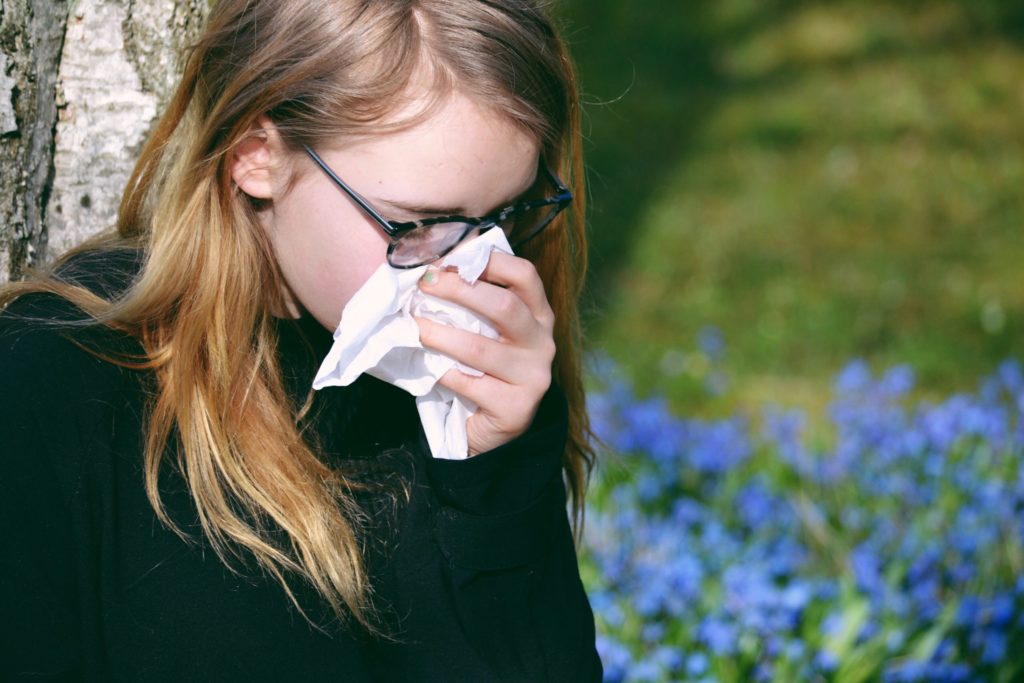If you find yourself sneezing, having a runny nose, getting itchy and watery eyes, or experiencing fatigue, these symptoms may be triggered by allergies. The problem is that you’ll likely have to figure out what’s causing these symptoms. Only then can you figure out how to treat them. Unfortunately, allergies can’t be cured. You can really only manage your symptoms and try to avoid what triggers them, if possible. Sometimes, allergy symptoms are due to seasonal changes in temperature, and other times, it’s dependent on pollen count. You can see your doctor about conducting an allergy panel to find out what you’re allergic to. To find out the most common allergies, keep reading below.
Dust Mites
It’s not uncommon for a person to have allergic reactions to dust mites. These microscopic creatures tend to hang around in stuff that collects dust. This includes carpets, rugs, pillows, bed sheets, stuffed animals, and even mattresses. Dust mites usually cause a runny nose, itchy eyes, and sneezing. The best way to tackle this allergen is to use bed sheets and pillows that are hypoallergenic products. Make sure to wash your sheets in hot water at least once a week. It’s also best to vacuum weekly to ensure your space is free of dust and dirt. Unlike pollen, dust mites trigger allergy symptoms year-round.
Pollen
After a long and cold winter, you may be looking forward to the warmer months. But the early spring and summer seasons also fill the air with allergens that trigger seasonal allergic rhinitis. This can include a sore throat, itchy eyes, runny nose, watery eyes, difficulty breathing, and even nasal congestion. Weeds, trees, and grasses release pollen into the air at different times of the year. Some of the most common allergens you’ll hear about are ragweed, sagebrush, mountain cedar trees, as well as birch and oak trees. Mountain cedar, or Ashe juniper, is one of the most common allergens in the mid-winter season. Juniper pollen allergy symptoms usually result in allergic rhinitis and can even turn into a sinus infection, resulting in a fever. That’s why people often find services like Aspire Allergy to customize solutions for their allergy symptoms.
Animal Dander
Pet dander usually refers to anything that a pet might shed, like skin cells or fur. It’s also possible to be allergic to an animal’s saliva or skin. If you know you’re allergic to a specific type of animal, then it’s best to avoid them as much as possible. If you’re allergic to your pet, you may want to consider bathing them more often or taking allergy medications. It’s not uncommon to experience itching when you’re allergic to pet dander. So, you may want to consider using essential oil for itching. Just dilute some lavender oil with a carrier oil like jojoba, castor oil, or argan oil. Then, apply it topically to the itchy skin with a cotton pad. Lavender oil is one of the safest essential oils to use around pets. Plus, it’s calming and has a light scent.
Mold
Another common allergy that might trigger your symptoms is mold. These little spores usually accumulate in areas that are damp, like grass or bathrooms. You may experience headaches, a sore throat, and itchy and watery eyes. Try to target anything that encourages mold growth. Make sure that your home isn’t too humid, monitor your indoor plants, and repair any leaks. If you’re outside, it may be best to avoid damp leaves or grasses.
Now that you’re aware of the most common allergens and types of allergies, you can start thinking about different solutions for treatment. Hopefully, the knowledge of these allergies will help you realize that you don’t have to put up with your symptoms. Take control and figure out the best solution for your allergies with your health care provider.

